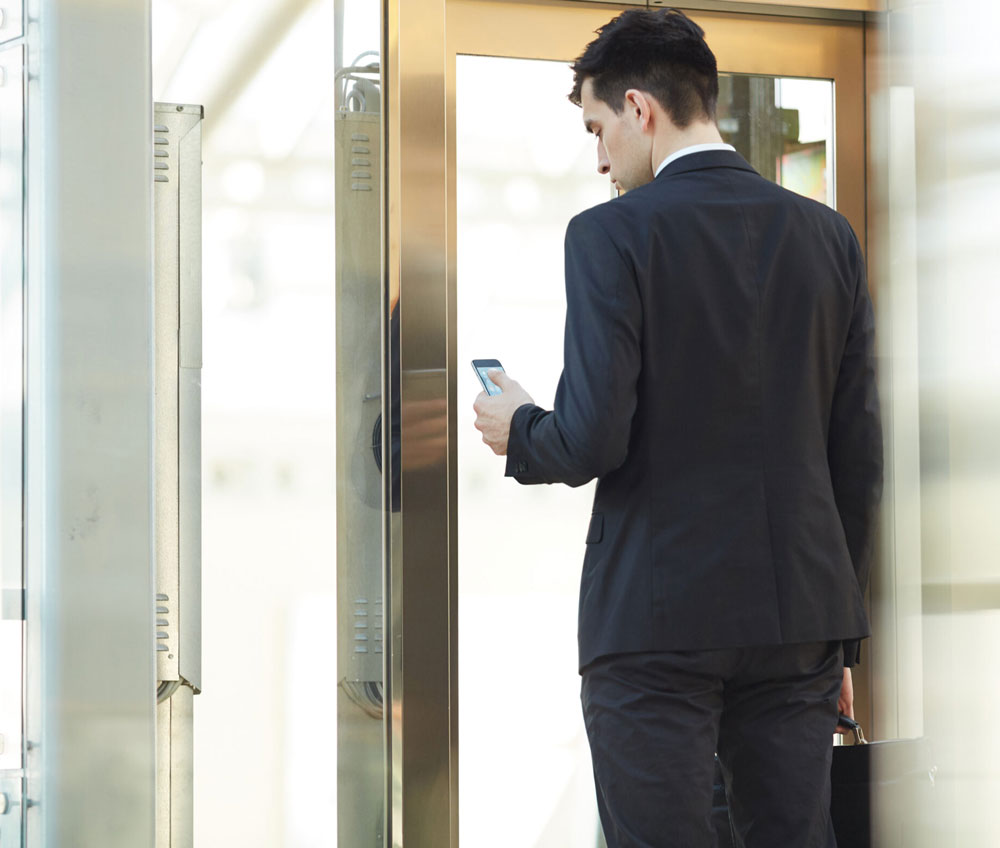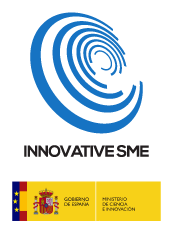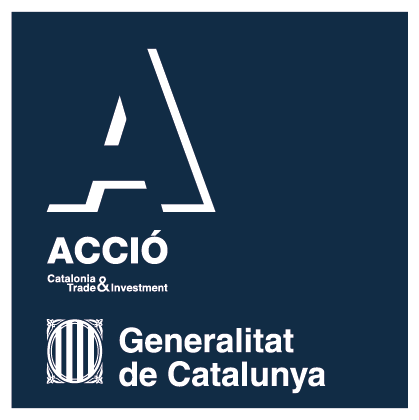Success stories
Lift manufacturers
Prediction of elevator use. Thanks to the predictive capacity of artificial intelligence algorithms, we optimise the energy management of lifts, as well as reducing the waiting time of users.

01. Challenge
It was a research project and they were looking for a company that could give predictive capabilities to the lift to anticipate what the user will do.
02. Solution
A system was developed that is able to learn from the lift’s travel history, identifying which floor it is on and at what point in time. Patterns of behaviour were thus established.
Other variables were also considered, such as, in the case of hotels, the nationality of the residents on the floors, meal times, departure and pre-arrival times, alarms requested from reception, etc.
Based on this data, the lift’s operating history is analysed and patterns are established. This predicts the probability of being called to a particular plant at a given time. This allows the lift to travel autonomously to that floor at a very low motor speed, reducing energy consumption.
This improves the experience for users, who have the lift on their floor just when they need it, and improves energy consumption, as the motor runs at the lowest possible speed.


03. Current scenario
The project is in its pilot stage. Energy consumption has been improved and the floor to which the lift should travel at any given time is predicted on the basis of historical data. This will be the case before the user presses the call button.
Once the pilot has been tested, it is planned to incorporate it as a capability of the management and control system for all lifts.


